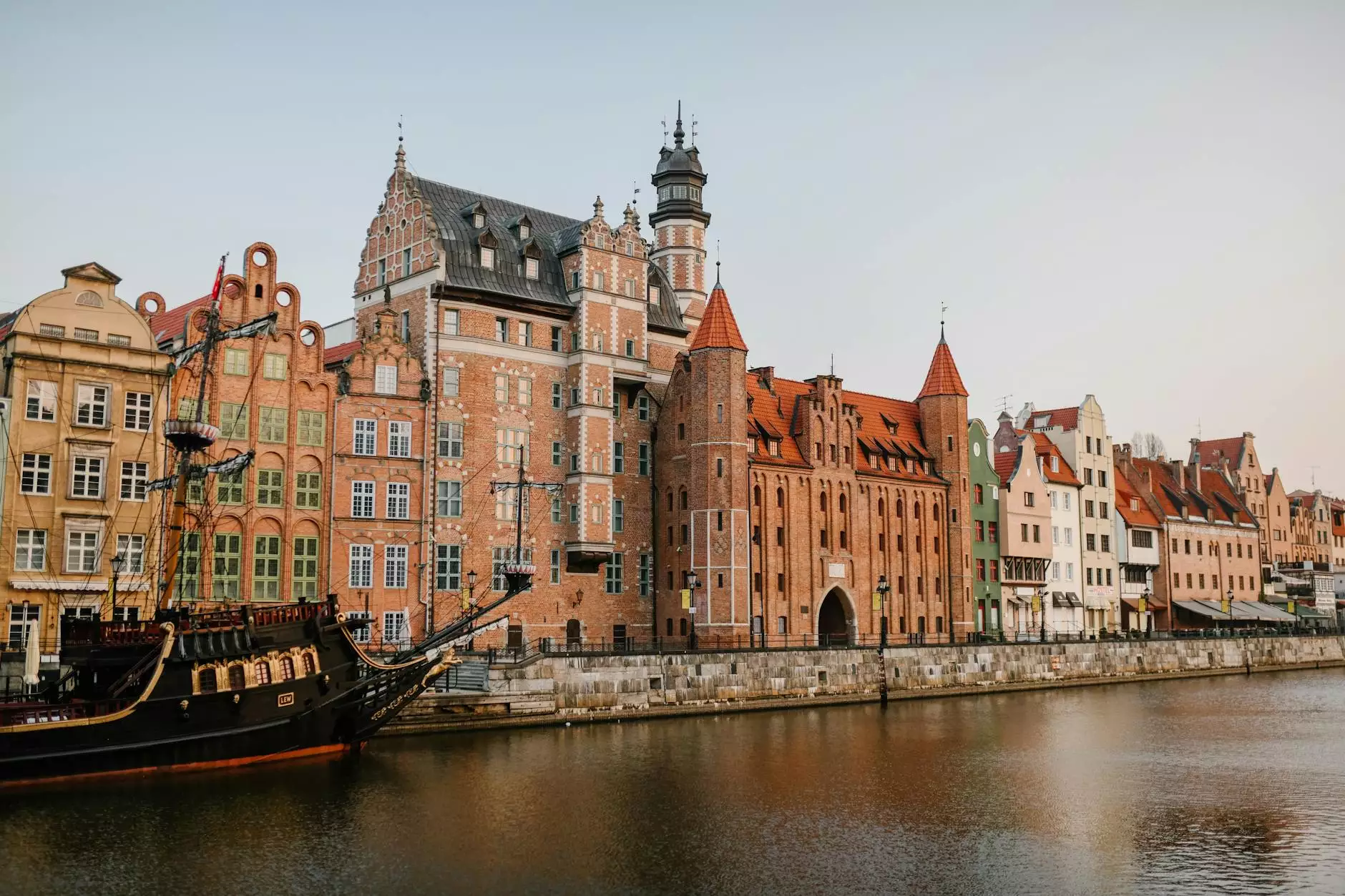History of Downtown Tampa's Eras
History
The Birth of a City - Early Settlements
Downtown Tampa's rich history is rooted in its early settlements, dating back to the 16th century. Tracing its origins to the indigenous peoples who inhabited the area, the city has witnessed the rise and fall of different eras. The early settlements were characterized by the presence of Native American tribes, such as the Tocobaga, who thrived along the shores of the Hillsborough River.
The arrival of Spanish explorers in the 1500s brought significant changes to the region. Explorers like Panfilo de Narvaez and Hernando de Soto ventured into what is now known as Tampa Bay, leaving their mark on the area's history. These explorations paved the way for future European settlements and the establishment of Tampa as a hub of commerce and trade.
The Formation of Modern Tampa - 19th Century
As the 19th century unfolded, Tampa began to take shape as a modern city. The area witnessed the influence of various cultures, including Spanish, Cuban, and Italian immigrants who played a pivotal role in shaping the city's identity. The establishment of Fort Brooke in 1824 by the United States Army marked a crucial turning point in the development of Tampa.
With the advent of the railroad in the late 1800s, the Tampa Bay area experienced a period of rapid growth and economic prosperity. The discovery of phosphate, along with the establishment of industries such as cigar manufacturing and shipping, further fueled the city's expansion. Tampa's diverse cultural heritage and economic opportunities attracted settlers from all walks of life, making it a vibrant melting pot of cultures.
The Roaring Twenties and the Great Depression
The 1920s, also known as the Roaring Twenties, were a time of great social and economic change in Tampa. The city embraced the Jazz Age with opulent architecture, lively entertainment, and a thriving nightlife. The historic Tampa Theatre, an architectural gem from this era, still stands as a testament to the city's vibrant past.
However, the prosperity of the 1920s was short-lived as the Great Depression struck the nation in the 1930s. Tampa, like the rest of the country, faced severe economic challenges. Many businesses closed, and thousands of people lost their jobs. Despite the hardships faced during this era, the resilience of the community propelled Tampa into the next phase of its history.
Post-War Transformation - Modernization and Urban Renewal
Following World War II, Tampa experienced a period of transformation and modernization. The city underwent significant urban renewal projects, leading to the construction of iconic landmarks such as the Tampa International Airport, the University of South Florida, and the Tampa Convention Center.
Downtown Tampa became a center for commerce, with the emergence of high-rise buildings, modern hotels, and cultural institutions. The Riverwalk, a waterfront promenade stretching along the Hillsborough River, became a popular destination for residents and visitors alike, offering stunning views and recreational activities.
The Present - Downtown Tampa's Revitalization
Today, Downtown Tampa continues to evolve, with ongoing revitalization efforts and development projects shaping its future. The city's distinct neighborhoods, including the trendy Channelside, historic Ybor City, and the bustling Tampa Heights, offer a diverse range of experiences.
The ongoing investment in infrastructure, green spaces, and cultural attractions ensures that Downtown Tampa remains a thriving hub for entertainment, dining, and commerce. The area's rich history serves as the foundation for its vibrant present, celebrating the achievements of the past while embracing progress and innovation.
Conclusion
Ageless Wisdom Magazine welcomes you to explore the captivating history of Downtown Tampa's eras. Dive into the stories, architectural marvels, and transformative events that have shaped this vibrant city. Discover the hidden gems and embrace the spirit of a city that continues to grow and evolve.




